(121 products available)







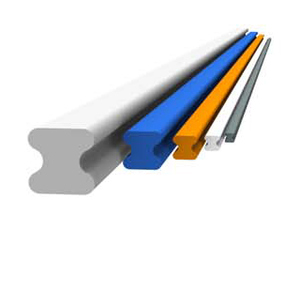







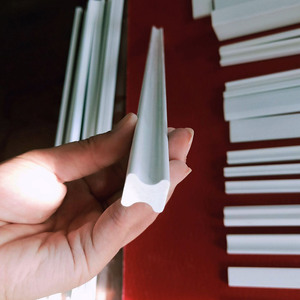












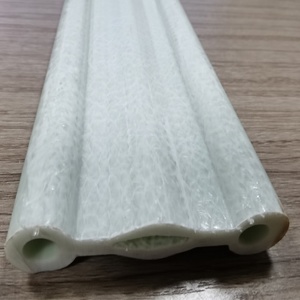















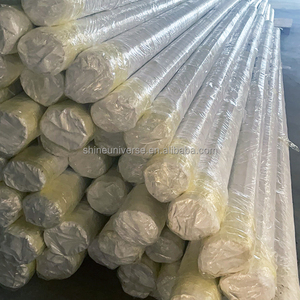












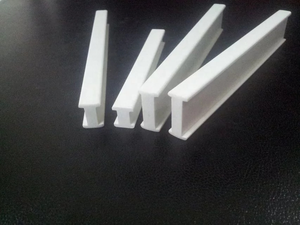








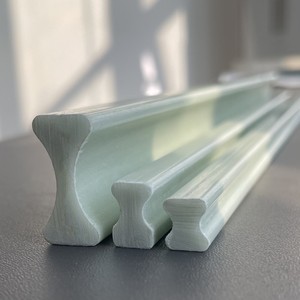




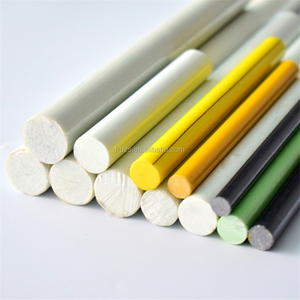




















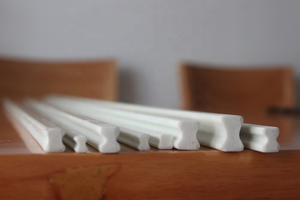





















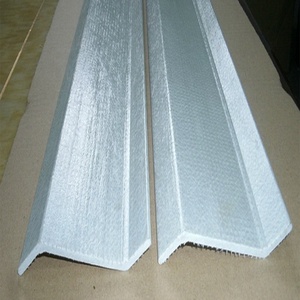






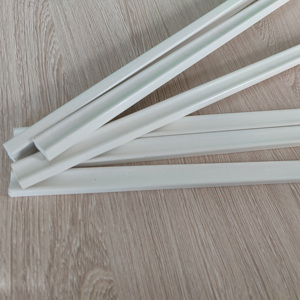







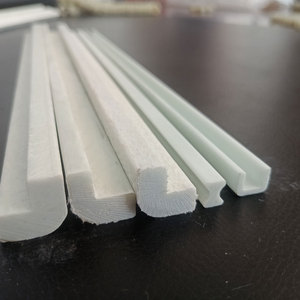












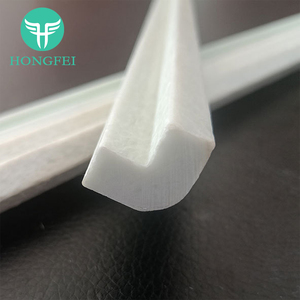









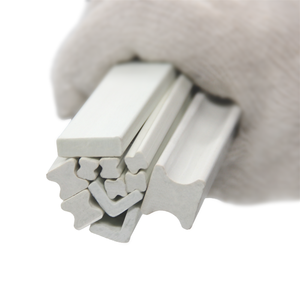
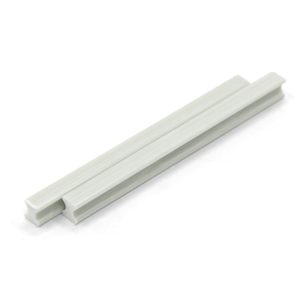



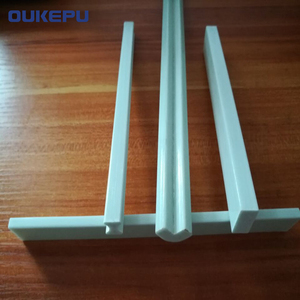







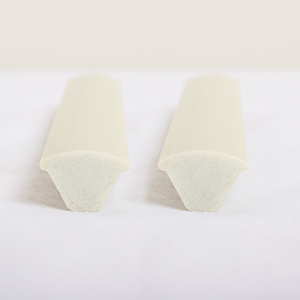






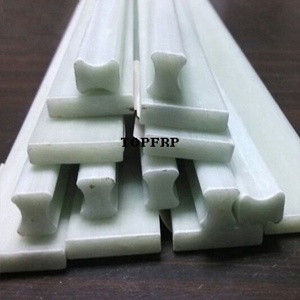
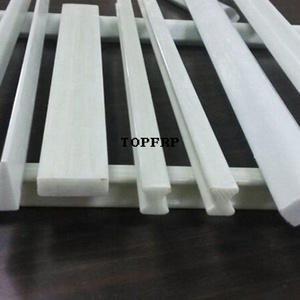









The term FRP dog bone refers to a specific shape of a composite material used as a connector or fastener. The dog bone shape, resembling a traditional dog bone shape, is utilized in various applications, including mechanical testing and joining two parts. FRP stands for Fiber Reinforced Polymer, which is a composite material made of polymer resin reinforced with fibers, such as glass, carbon, or aramid. The fibers provide strength and stiffness to the polymer, while the resin binds the fibers together and gives the composite its shape. Here are some key points regarding the types of FRP dog bones:
Material composition:
Glass fiber reinforced polymer dog bones: These dog bones are made of epoxy or polyester resins reinforced with glass fibers. They are strong, affordable, and resistant to chemicals and moisture. However, they cannot withstand very high temperatures. These dog bones are used in many applications, such as bridges, tunnels, and oil and gas pipelines.
Carbon fiber reinforced polymer dog bones: These dog bones are made of carbon fibers mixed with epoxy resin. Carbon fibers are lighter and stronger than glass fibers, so these dog bones can handle more weight but cost more. They are also used in applications that require less weight, such as aerospace and high-speed trains.
Aramid fiber reinforced polymer dog bones: Aramid fibers, like Kevlar, are used with resins for these dog bones. They are tough, do not break easily, and can withstand high temperatures. They are used in applications that need to protect against heat and impact, such as military and armored vehicles.
Production method:
Hand lay-up: This method uses the glass, carbon, or aramid fibers and resin by hand for simple shapes. The fibers are laid up in layers on a mold, and the resin is brushed or poured over them. A roller is used to remove air bubbles. This method is low cost but not very precise or automated.
Filament winding: For cylindrical shapes, fibers are wound around a rotating rod or tube. The winding angle and tension can be changed to make a stronger part. This method is good for pipes and tanks but not for dog bones.
Compression molding: In this method, a heated mold presses hard on a mixture of chopped fibers, resin, and a hardener. This makes a solid part quickly and is suitable for making many identical dog bones.
Applications:
FRP dog bones are used in many industries because they are strong but light and resist damage. Some common uses are: In the aerospace industry, FRP dog bones are used in aircraft wings and fuselage parts to make them lighter while still being sturdy. In the automotive field, FRP dog bones are used in car bodies and parts to improve fuel efficiency by reducing weight. In the oil and gas industry, dog bones are used in pipelines and tanks to transport corrosive fluids safely. In wind energy, FRP dog bones form the blades of wind turbines to capture energy efficiently. In construction, FRP dog bones are used as beams and columns in buildings and bridges to prevent rusting and reduce weight.
Material Selection:
The material selection for FRP (fiber-reinforced polymer) dog bones is critical to ensure they meet the requirements. Engineers choose fibers like glass, carbon, or aramid, as well as resins like epoxy, polyester, or vinyl ester. Glass fibers are often used for dog bones due to their good mechanical properties and cost-effectiveness. Carbon fibers are chosen when high strength-to-weight ratios and stiffness are needed, while aramid fibers provide excellent impact resistance. The resin system binds the fibers together and affects the dog bone's overall strength, stiffness, and durability.
Shape and Size:
The shape and size of FRP dog bones are designed based on the specific tests. Dog bones used for tensile tests are shaped into narrow strips in the middle with wider ends to ensure an even distribution of stress. This design helps identify the material's behavior under load. The dimensions of the dog bone comply with national and international standards to ensure that they can be compared with other test results.
Surface Finish:
The surface finish of FRP dog bones is considered, especially for adhesion and manufacturing purposes. Rough surfaces are created to improve bonding with other materials when the dog bone is glued to different ends. The surface finish can also affect the fatigue life and performance of the dog bone. Therefore, the surface finish is designed according to the intended application of the dog bone.
Manufacturing Process:
The manufacturing process for FRP dog bones involves using composite materials. One common method is hand layup, where layers of fibers are manually arranged with resin. Another method is filament winding, where fibers are wound around a rotating core. After the dog bone is formed, it is cured to harden the resin and solidify the composite. The curing process can be done at room temperature or with heat, depending on the materials used.
Quality Control:
Quality Control:
Quality control is an important part of the design process for FRP dog bones to ensure that they meet the required performance standards. Visual inspections are conducted to check for defects or irregularities on the surface of the dog bones. Dimensional inspections are performed to ensure that the dog bones comply with the specified size and shape. Nondestructive testing methods, such as ultrasonic testing or infrared thermography, are used to detect internal defects or delamination in the dog bones. The dog bones that pass quality control are then properly labeled and packaged for delivery to customers.
Wind turbine blades:
Dogbone shapes are used in wind turbine blades to give them the necessary flexibility to withstand the forces of the wind without breaking. The FRP dogbones embedded in the blade make it robust and light.
Aerospace components:
In aircraft wings and fuselage sections, FRP dogbone shapes provide the necessary strength and stiffness while keeping weight to a minimum, which is very important for flying efficiency and safety.
Automotive parts:
Dogbones are used in car body panels and bumpers to absorb impact energy and protect passengers. The FRP dogbone design makes car parts lighter but more resilient than conventional metals.
Marine structures:
FRP dogbones are used in boat hulls and decks to resist water pressure and waves, providing a corrosion-free solution for marine applications. This shape allows boats to be built from composite materials that do not rust like those using metal.
Industrial equipment:
Dogbone shapes are used in pressure vessels and pipes to handle high pressures and corrosive chemicals. The tough FRP material used here extends the life of expensive industrial assets.
Construction elements:
In bridges and beams, FRP dogbone shapes offer an alternative lightweight but strong composite, thus reducing the load on supporting structures while withstanding heavy traffic loads.
Sports goods:
Dogbones are found in tennis rackets and bicycles, giving them the required performance characteristics for sports equipment. The dogbone design allows for better energy transfer in rackets and lighter frames in bikes.
Selecting FRP dogbone is a very important task. It is crucial to choose the right one for the application. Here are some key points to consider:
Application requirements:
Identify the specific application of the dogbone. It is important to consider the load conditions and the operational environment. It is important to choose the right type of FRP. It should have the right mechanical properties and corrosion resistance.
Material properties:
Choose dogbones based on their tensile strength, stiffness, and resistance to chemical and moisture damage. The dogbone should have good impact resistance and durability. These help ensure a long operational life.
Design and geometry:
The design of the dogbone should match the fit and performance needs of the application. Make sure the stress distribution is even along the length of the dogbone. It is also important to ensure that the dogbone has the right shape for easy assembly and disassembly.
Manufacturing process:
Make sure the manufacturing process for the dogbone meets the required quality standards. The production of FRP dogbones usually uses processes such as pultrusion or hand layup. Select a process that can produce a dogbone with the required strength and reliability.
Environmental considerations:
Consider the environmental impact of the dogbone material and production process. FRP materials usually have good environmental performance. They are non-metallic and can be made with recyclable materials. Choose dogbones that are eco-friendly and can have a reduced carbon footprint.
Cost:
The cost of the dogbones and the cost of their production and maintenance should be considered. Select a dogbone that provides good performance and cost-effectiveness. It should also meet the requirements of the application within the budget.
Q1: What are the benefits of using FRP dog bone samples?
A1: The key benefits are the samples' durability, corrosion resistance, and ability to withstand harsh environments.
Q2: What is an FRP dog bone sample?
A2: It is a test specimen shaped like a dog bone, used to evaluate the mechanical properties of fiber-reinforced polymer composites.
Q3: How can one ensure the quality of FRP dog bone samples?
A3: Quality can be ensured by using proper curing methods, conducting visual inspections, and performing non-destructive testing.
Q4: Why is the shape of the dog bone sample important?
A4: The shape ensures uniform stress distribution during tensile testing, which is crucial for obtaining accurate and repeatable results.
Q5: How can one improve the toughness of FRP dog bone samples?
A5: Toughness can be improved by optimizing the fiber-matrix interface, using tougher resins, and incorporating toughening agents or additives.